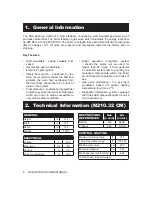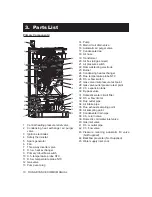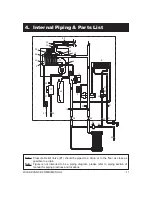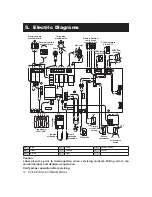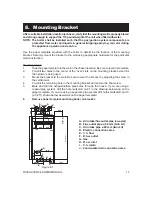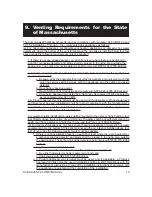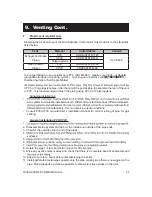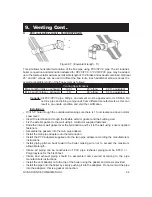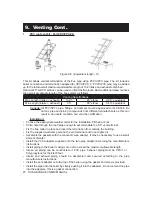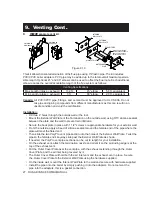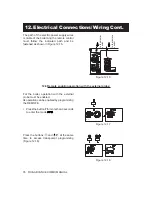
RIVA ADVANCE COMBI MANUAL
2
2
9. Venting Cont.
F
Plastic vent requirements
All piping that is used to vent the Riva Advance Combi boiler must conform to the standards
listed below.
It is not permitted to use a cellular core PVC (ASTM F891), cellular core CPVC, or Radel®
Parts
Material
United States
Canada
Exhaust and Intake
Piping
PVC
ANSI/ASTM D1785
ULC S636
CPVC
ANSI/ASTM DF441
Pipe Cement /
Primer
PVC
ANSI/ASTM D2564
CPVC
ANSI/ASTM F493
(polyphenolsulfone) in venting systems. Covering non-metallic vent
QJQFBOEGJUUJOHT
thermal insulation shall be prohibited.
Polypropylene
CPVC or Polypropylene pipe. After that point it is permissible to assemble the rest of the vent
in PVC.
It is recommended to finish the piping using CPVC or Polypropylene.
Canadian Installations:
•
as a system and must be installed as such. Different manufacturers have different materials,
different BH Vent manufacturers, this can result in unsafe conditions.
•
Consult PVC/CPVC manufacturer’s installation manual for correct joining of pipe for gas
venting.
General installation PVC/CPVC:
1.
2. Disassemble the system and de burr the inside and outside of the pipe ends.
3. Chamfer the outside of each end of the pipes.
4.
surfaces.
5.
6.
7.
8. Rotate the pipe 1/4 turn and hold in place for 30 seconds.
9. Wipe any excess cement away and check that there is a complete bead of sealant around
10. Allow to cure for 2 hours before commissioning the boiler.
11. Install perforated metal pipe supports onto the pipe, making sure there is no sagging in the
pipe. Place supports as close as possible to elbows to relieve stress on the joint.

